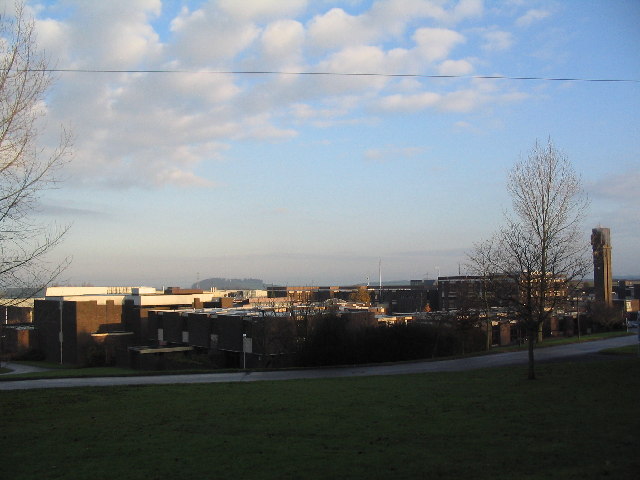
Late on Friday night, South Wales was rocked by its strongest earthquake in five years. The magnitude 3.7 quake hit the region at 11.59 pm, according to the British Geological Survey (BGS),
and was reportedly strong enough to wake people from their sleep and rattle doors and windows. The epicenter of the quake was Brynmawr, in Blaenau Gwent, and it was felt by residents within around 25 miles of the area. Several people said they heard loud noises before their houses shook.
Alex Humphrey, a BBC journalist, tweeted about his experience, saying, “Think we just had a mini earthquake in Cardiff. My whole bed shook. Felt like something hit the wall.” Cath Willcox, a resident of Cwm, Blaenau Gwent, also felt the earthquake and was concerned about it. She told Sky News, “It made our house shake, it was loud and the rumbling from it was clearly felt.”
The BGS confirmed that this was the strongest earthquake to hit the region since a magnitude 4.6 earthquake in February 2018, about 40km west, which was felt throughout Wales. Brian Baptie, the British Geological Survey’s Head of Seismology, added that South Wales has been struck by several significant earthquakes in the last few hundred years, including two earthquakes with magnitudes of 5.2 ML (Richter local magnitude) and 5.1 ML near Swansea in 1727 and 1775. A magnitude 5.2 ML earthquake in 1906 was one of the most damaging British earthquakes of the 20th century, with damage to chimneys and walls reported across South Wales.
Mr. Baptie stated that Britain only experiences one earthquake per year of magnitude 3.7 or greater, on average. While the BGS detects between 200 and 300 quakes on an annual basis, most are of low magnitude and not noticeable to humans. The UK does not sit on the boundaries of tectonic plates, making it a region of relatively low seismic activity compared to countries closer to plate boundaries. However, this does not mean that the UK is immune to earthquakes, as evidenced by the recent quake in South Wales.
The BGS and other organizations in the UK monitor seismic activity and provide information to the public to help them prepare for earthquakes. For example, the BGS advises people to drop, cover, and hold on if they feel an earthquake, and to move away from windows and stay indoors until the shaking stops. They also recommend creating an emergency kit with essential items such as food, water, and first aid supplies.
The UK government has also taken steps to improve earthquake preparedness. In 2021, it launched a new National Risk Register that includes earthquake risk, highlighting the potential impact of earthquakes on buildings, infrastructure, and people. The register aims to raise awareness of earthquake risk and encourage individuals and organizations to take steps to prepare for earthquakes.
While earthquakes are relatively rare in the UK, they can happen, as the recent quake in South Wales has demonstrated. By staying informed about seismic activity and taking steps to prepare for earthquakes, individuals and organizations can reduce their risk and stay safe in the event of an earthquake. Photo by Tim Heaton, Wikimedia commons.




































